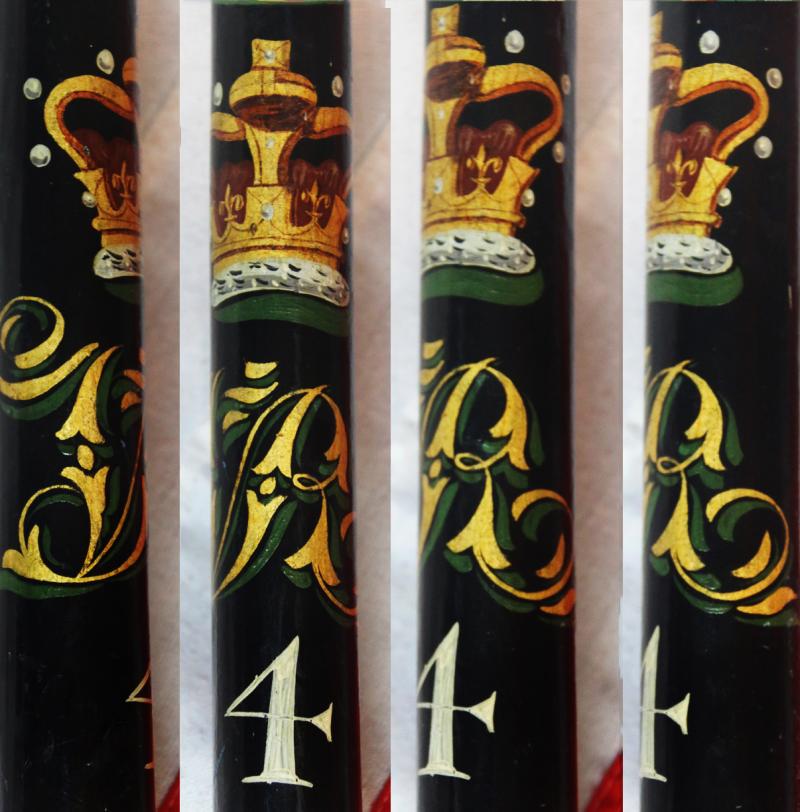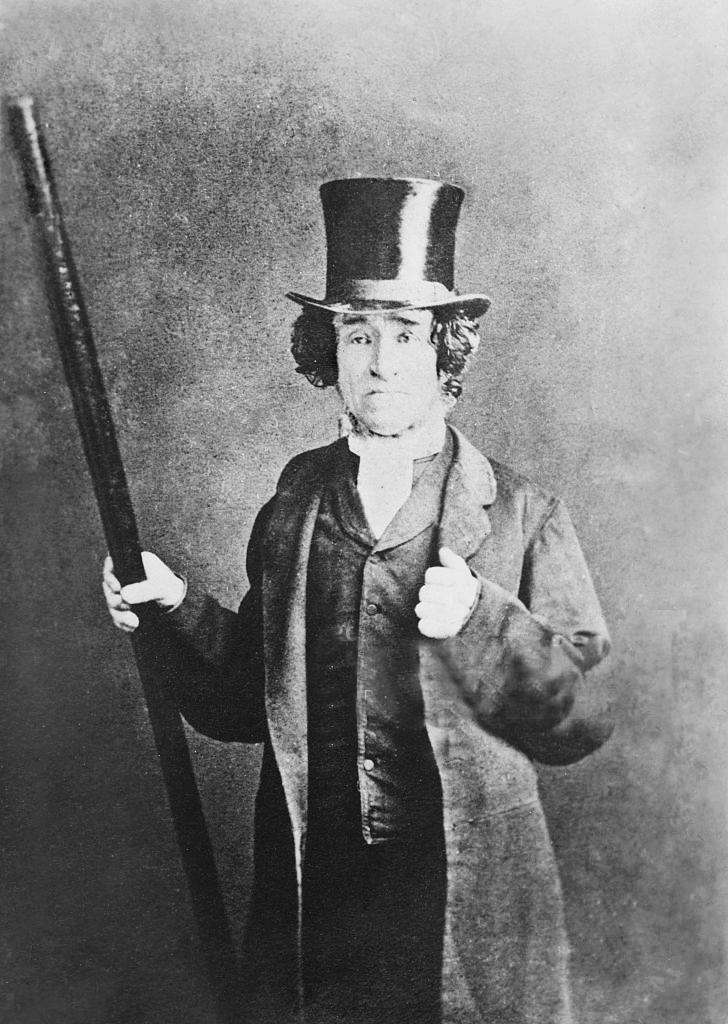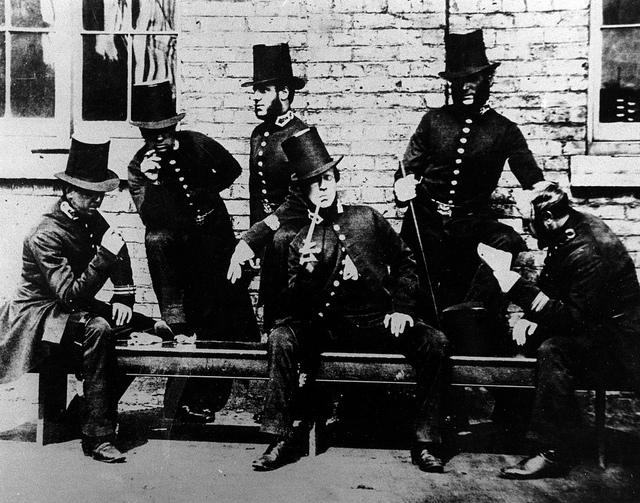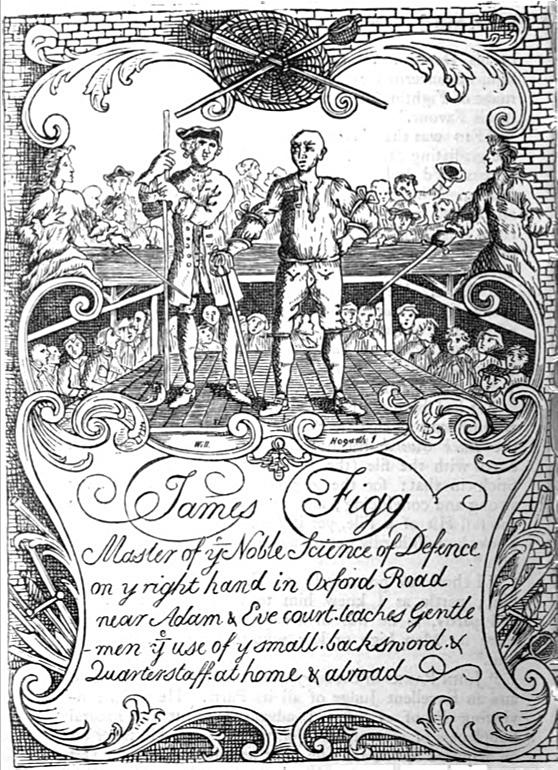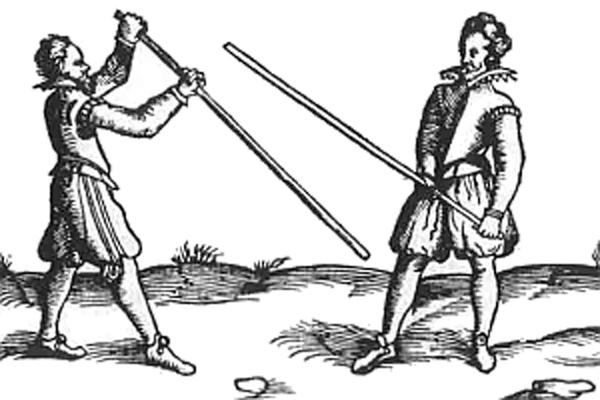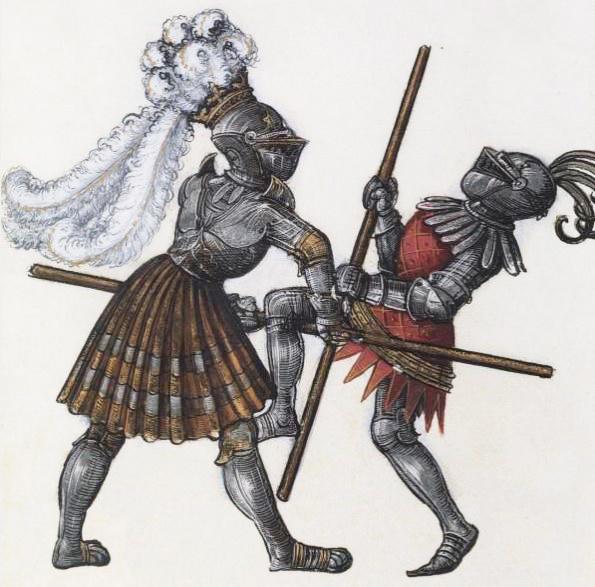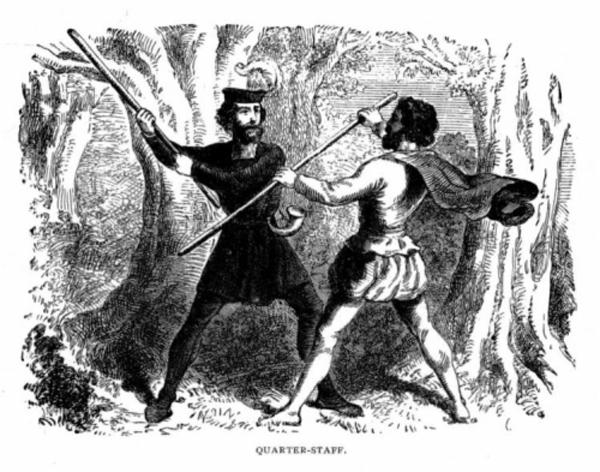A Very Good Victorian Police or Beadle's Quarterstaff or Walking Stave
Bearing the hand painted decoration of a large gilt and coloured crown, and a gilt VR monogram for the monarch, Queen Victoria, and the number '4'.
Based on the old English quarterstaff a beadle or policeman's walking stave that was originally used in the days before a regular uniform had been designed for the British police service. It was a means of identifying the bearer as to his rank, status and authority as a police constable, yet still a most effective weapon of defence and restraint when required, but they continued in use after uniforms were fully standard, but only for a brief period. Very few of these most unusual original police service artefacts survive today. Stick fighting was prevalent throughout historical European martial arts and indeed worldwide. The oldest systematic descriptions of stick-fighting methods in Europe date to the 15th century. The oldest surviving English work giving technical information on staff combat dates from the 15th century - it is a brief listing of "strokes of the 2-hand staff", which shares terminology with the preceding "strokes of the 2-hand sword" in the same manuscript. George Silver (1599) explains techniques of short staff combat, and states that the use of other polearms and the two-handed sword are based on the same method. Later authors on the subject included Joseph Swetnam, Zachary Wylde, and Donald McBane. Silver, Swetnam, and Wylde all agreed that the staff was among the best, if not the very best, of all hand weapons.
During the 16th century quarterstaves were favoured as weapons by the London Masters of Defence. Richard Peeke, in 1625, and Zachary Wylde, in 1711, refer to the quarterstaff as a national English weapon. By the 18th century the weapon became popularly associated with gladiatorial prize playing. A modified version of quarterstaff fencing, employing bamboo or ash staves and protective equipment adapted from fencing, boxing and cricket was revived as a sport in some London fencing schools and at the Aldershot Military Training School during the later 19th century. Works on this style were published by Thomas McCarthy and by Allanson-Winn and Phillips-Wolley. A superb photo in the gallery of a Victorian city Beadle with his near identical quarter staff.
Code: 25095


